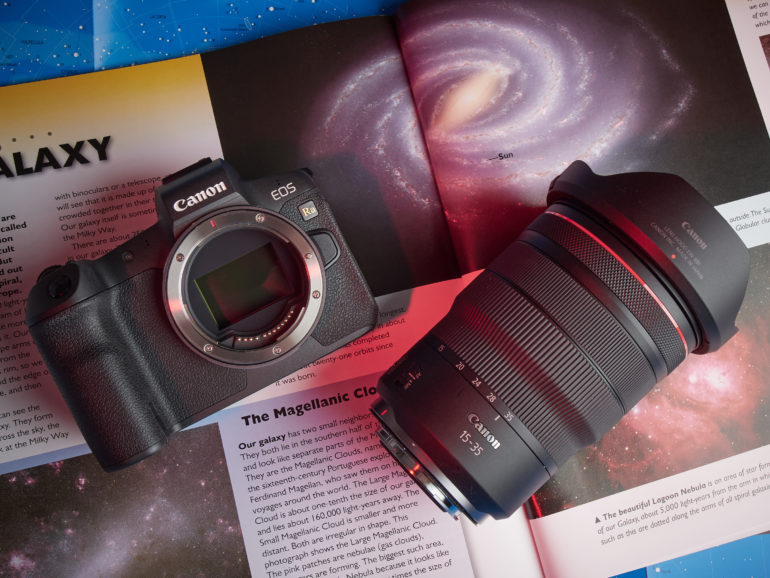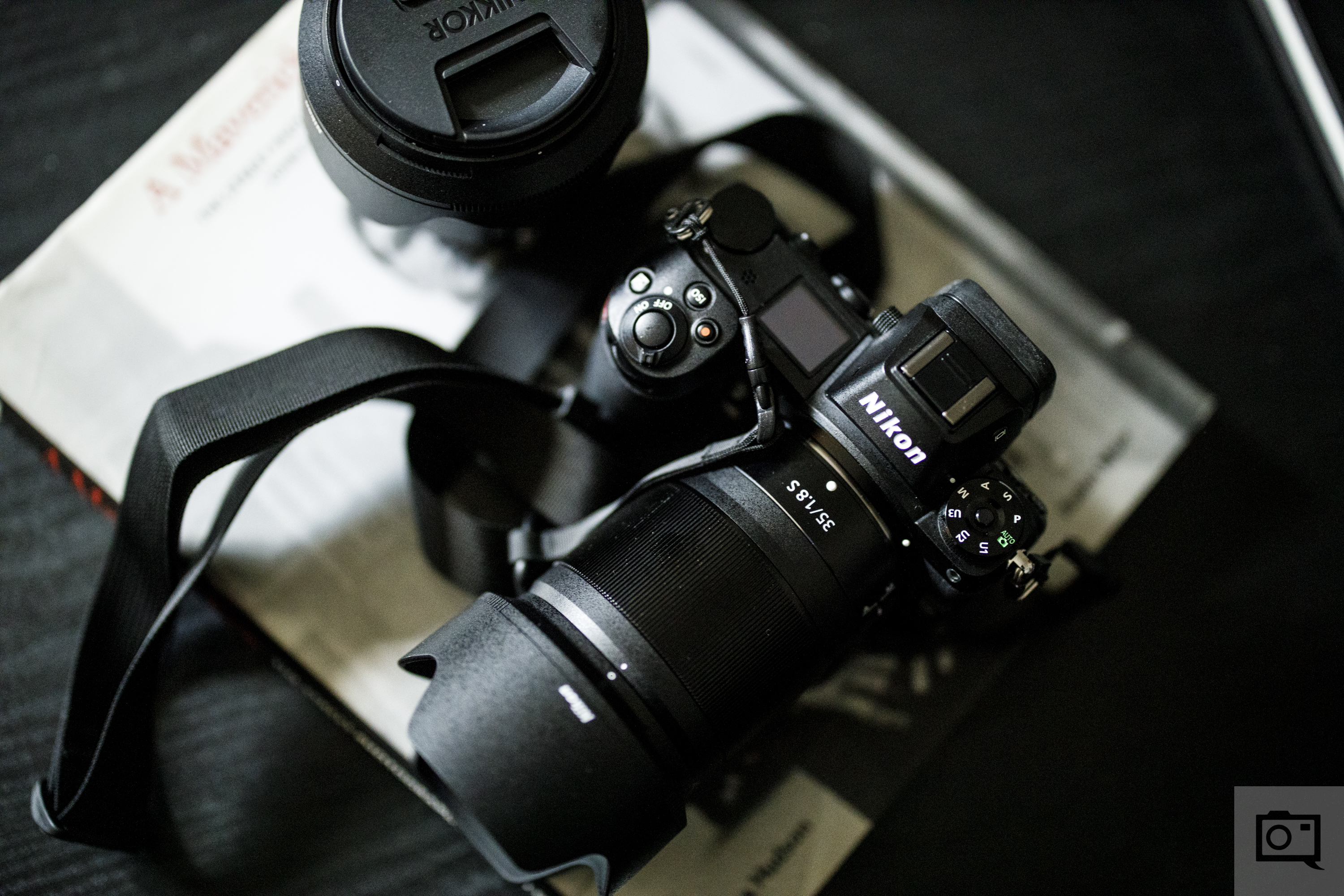I love the DSLR, but here’s why I think Mirrorless systems are better.
My last DSLR was the Nikon D600. I paired it with the Nikkor 50mm 1.8 G and oh how I loved that combination. It helped me to create great pictures, and even though the model is eight years old, it would still serve any photographer well if they were to pick it up today. But as much as I love the DSLR, it’s hard for me to state its case for anyone looking to buy their first camera or upgrade their current one. Why? Because mirrorless systems are here, and they continue to improve.
Some photographers have completely turned their backs on the DSLR: I’m not one of them. I’ll always be fond of the big, robust, reliable systems, even if only from a stance of nostalgia. But, once I leaped to mirrorless and bought my Fujifilm X-T2, there was no chance I could ever go back.
Manufacturers Are Preparing for a Post-DSLR World

Canon and Nikon are two of the biggest players when it comes to cameras. They dominated SLR and DSLR conversation. But in the mirrorless sphere, they were rather late to the party, instead allowing the likes of Sony and Fujifilm to dominate. Canon and Nikon still hold plenty of prowess, and when they make a move, the entire industry stops and listens. And in the past couple of years, with the release of the Nikon Z series and the Canon EOS R lineup, it’s clear where the two powerhouses see their future: mirrorless.
Sure, Nikon is still pushing the DSLR. The company recently released the D780, and is still pushing their flagship D6. But all in all, the future looks mirrorless, and it’s better to get on the boat now than have to play catch up down the line.
Autofocus Has Improved
There was a time when one of the biggest gripes people had about mirrorless cameras was AF performance. Sports photographers, for example, stuck to the DSLR because of its super responsive, quick AF technology. But today, things are changing. Canon claimed EOS RP had the fastest autofocus in the world. Sony promises that cameras such as the flagship a9, the mid-range a6600, and the entry-level a6100 will find focus in only 0.02 seconds. AF technology will continue to advance in the mirrorless industry, and its quite possible the same level of dedication to improving performance won’t be given to the DSLR.
Cost
Two cameras released in the past six months are the Nikon D780 and the Fujifilm X-T4. The former (an entry-level full-frame DSLR) costs $2,300, and the latter (a flagship, crop-sensor mirrorless system) costs $1,700. Both record 4k video, however, the X-T4 comes with IBIS (the D780 doesn’t) and performs better in burst mode with up to 20fps (with the electronic shutter), compared to 12fps on the D780. There’s not really anything in the Nikon DSLR that warrants a price difference of $600. And don’t be fooled by the size of the sensors: although an APS-C, the X-T4 will still serve you well in low light.
Portability
It’s often the first argument professional Mirrorless shooters make: Mirrorless systems are lighter and more compact. Back in the early days, size was certainly one of the main selling points of Mirrorless. However, because of the advancements made in terms of performance, I think portability is no longer the strongest feature of Mirrorless cameras, but it’s still important.
As someone who travels the world, I had to ditch my Nikon D600 and Nikkor 24-70mm f2.8: he setup became rather cumbersome when constantly on the move. I was carrying a combined weight of 60 ounces. Today, with my X-T2 and 35mm f2, I carry a combined weight of 23 ounces. And I’ll go on record to say I’ve lost nothing in the form of image quality in the process.

Embrace Change
Whenever a company introduces a new method to an old practice, it is often met with resentment and resistance. There’s a good argument to say that was the right approach in the early days of the mirrorless camera. But today, the same argument isn’t valid. Of course, choose what camera best works best for you. The SLR still has life in it, and the DSLR still has plenty of life left in it too. But if you want to be on the cutting edge of camera capabilities, having a mirrorless system is the only way to go.


